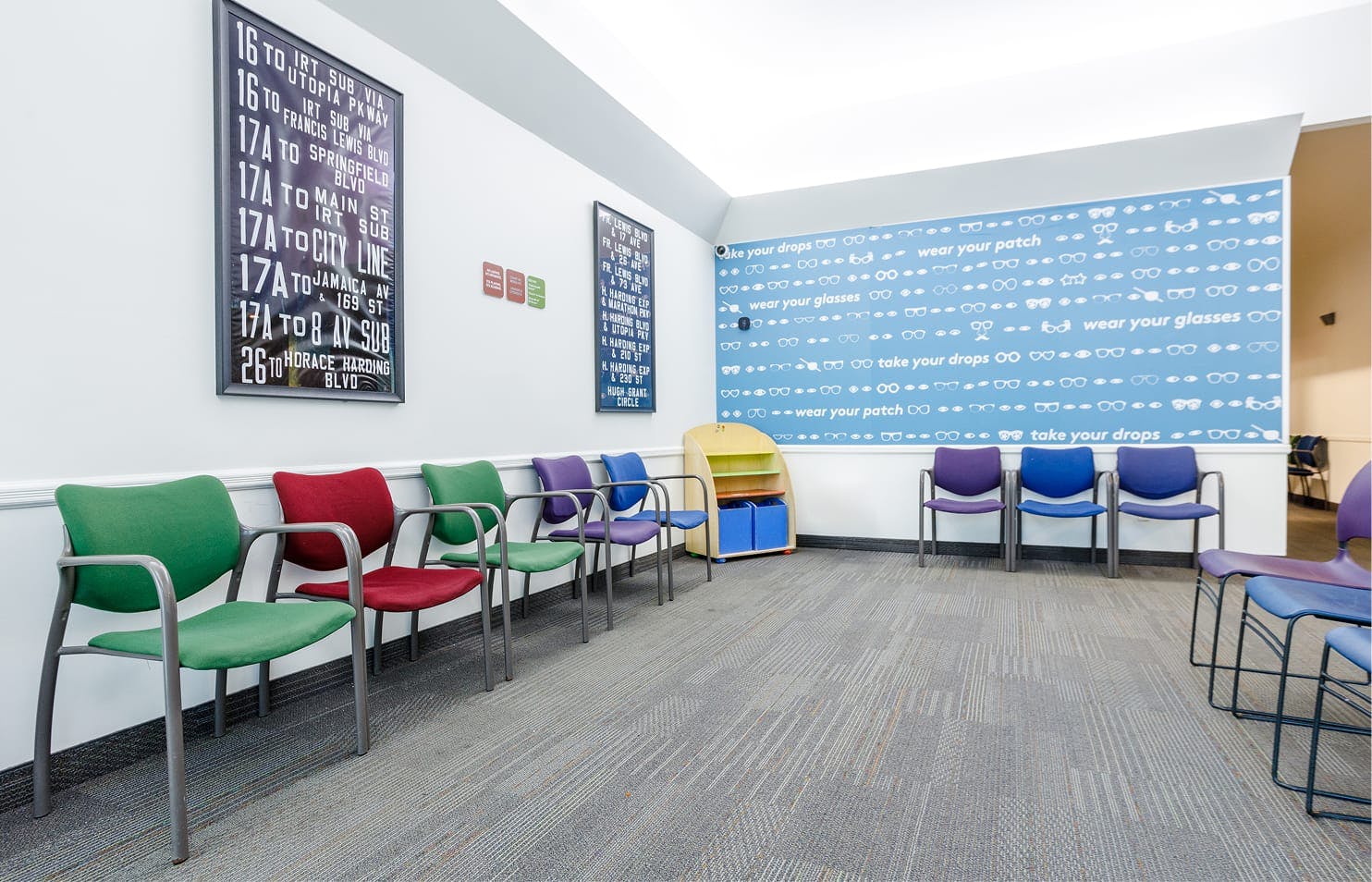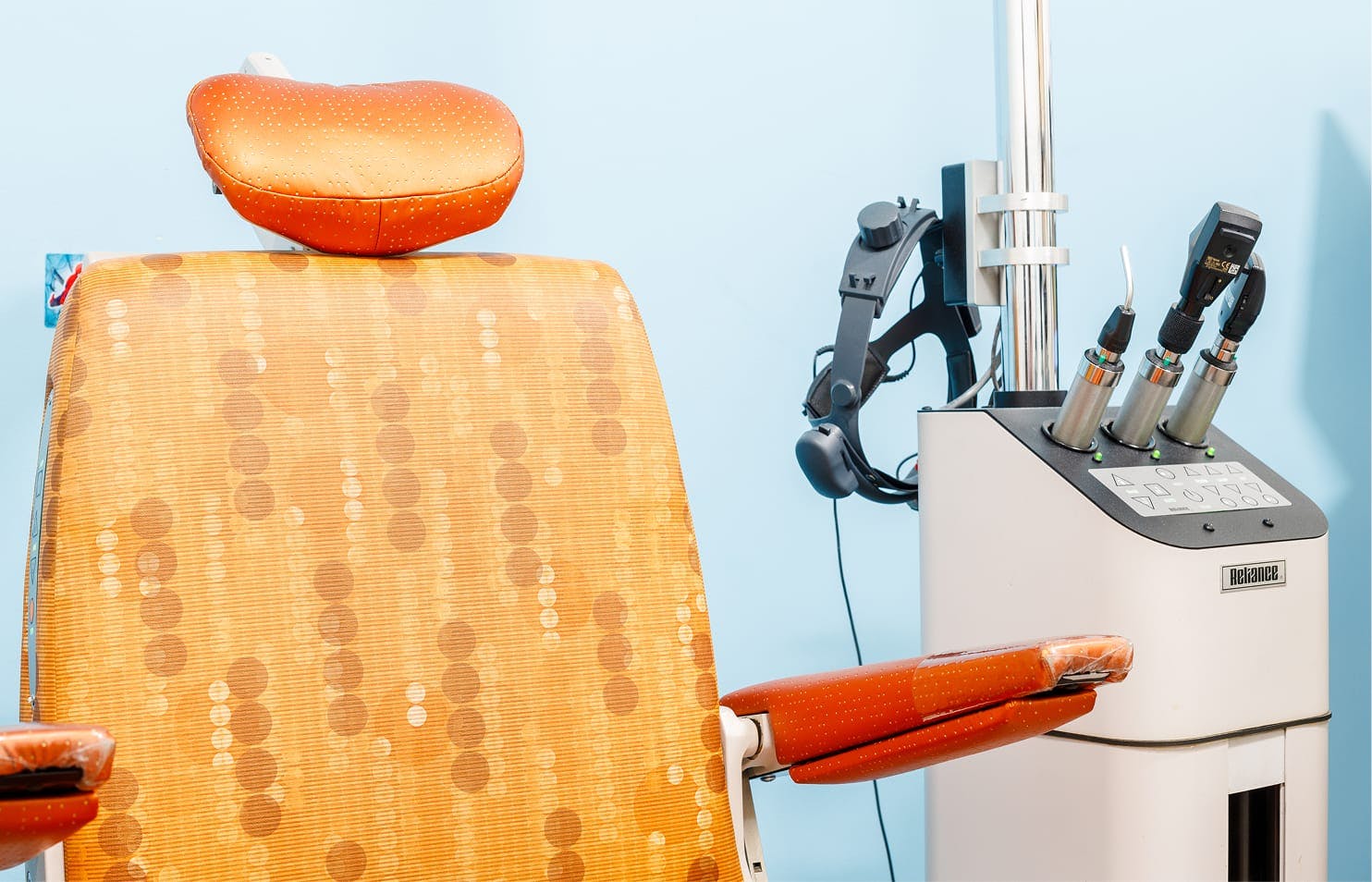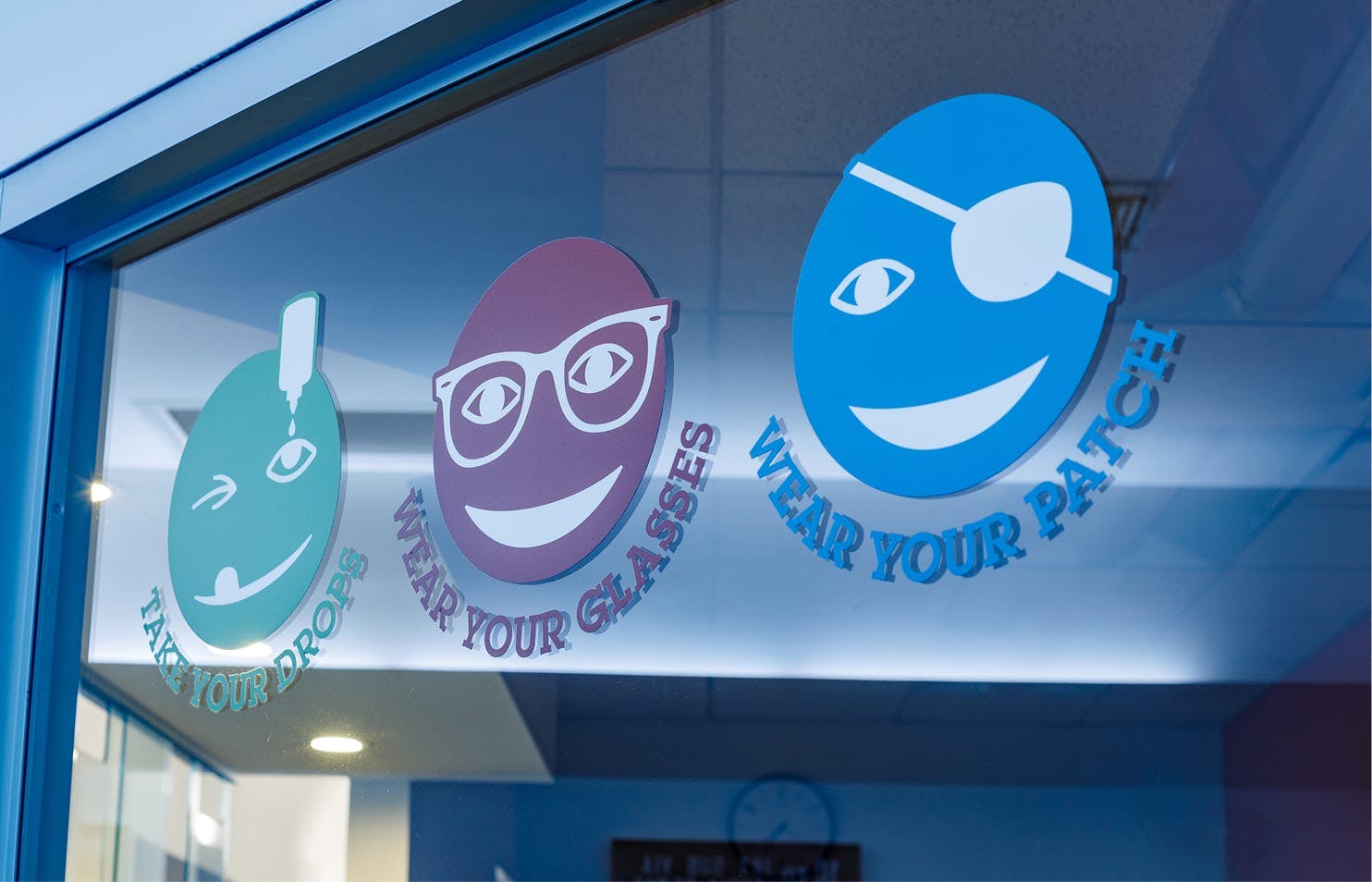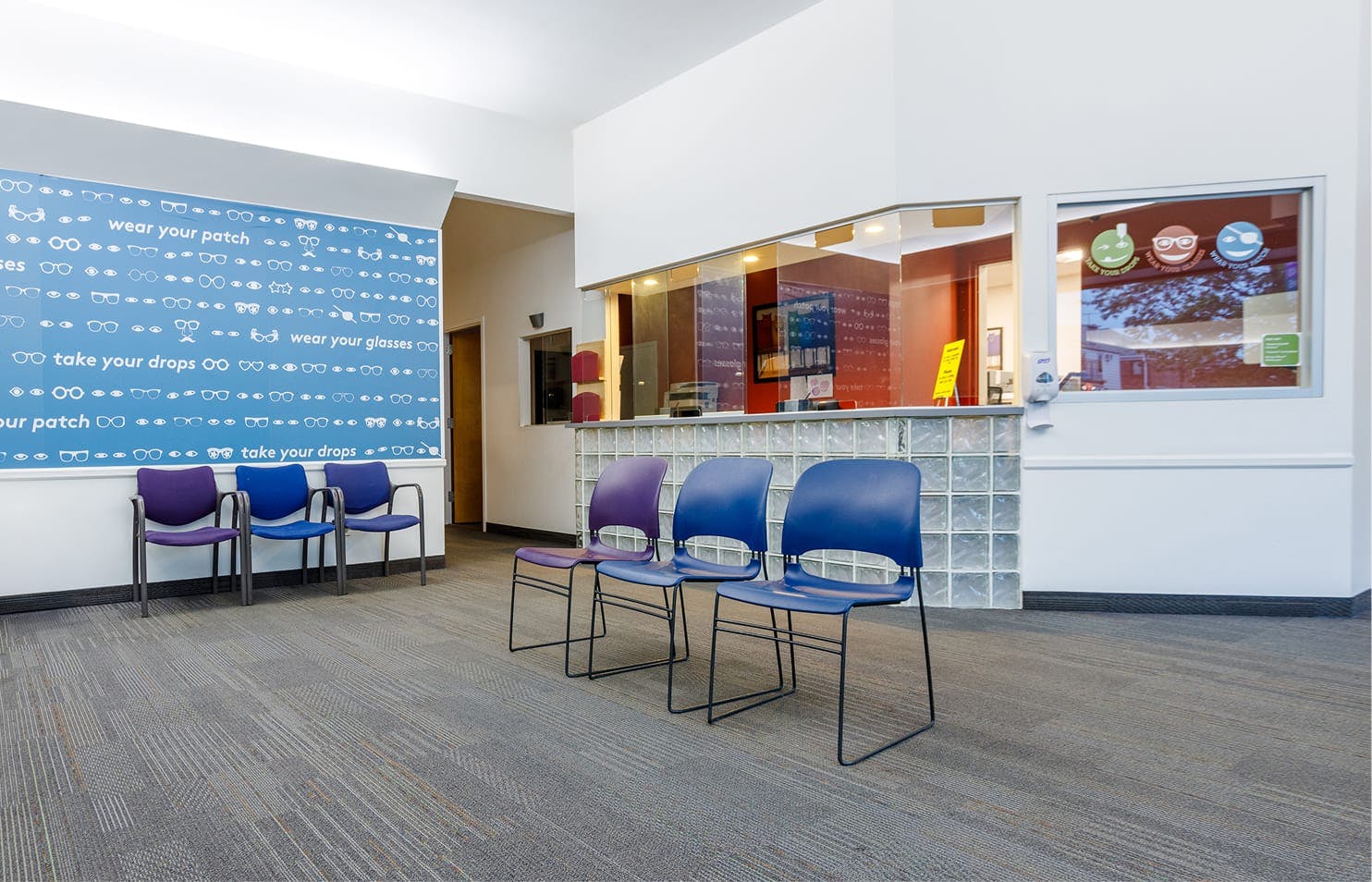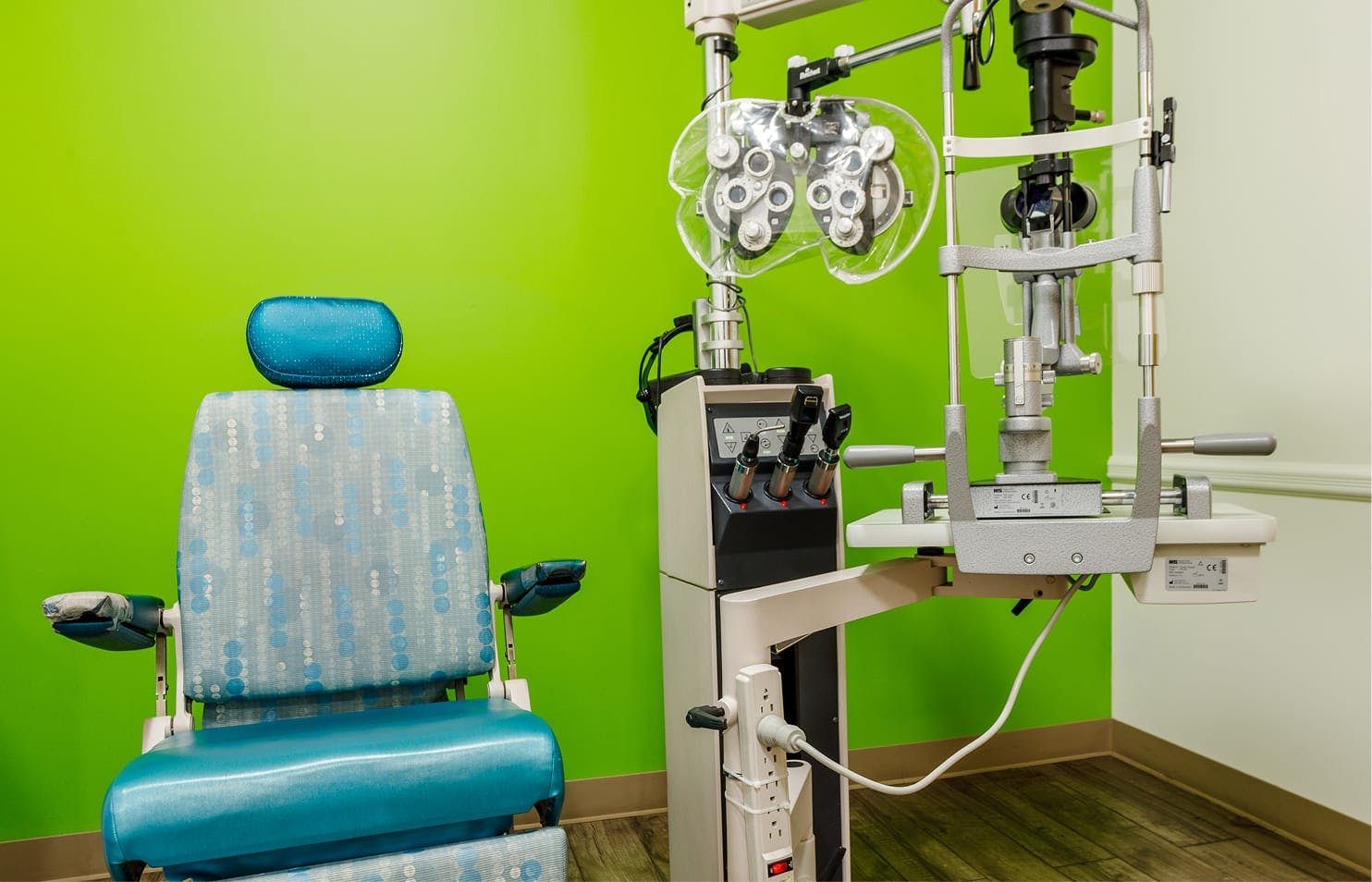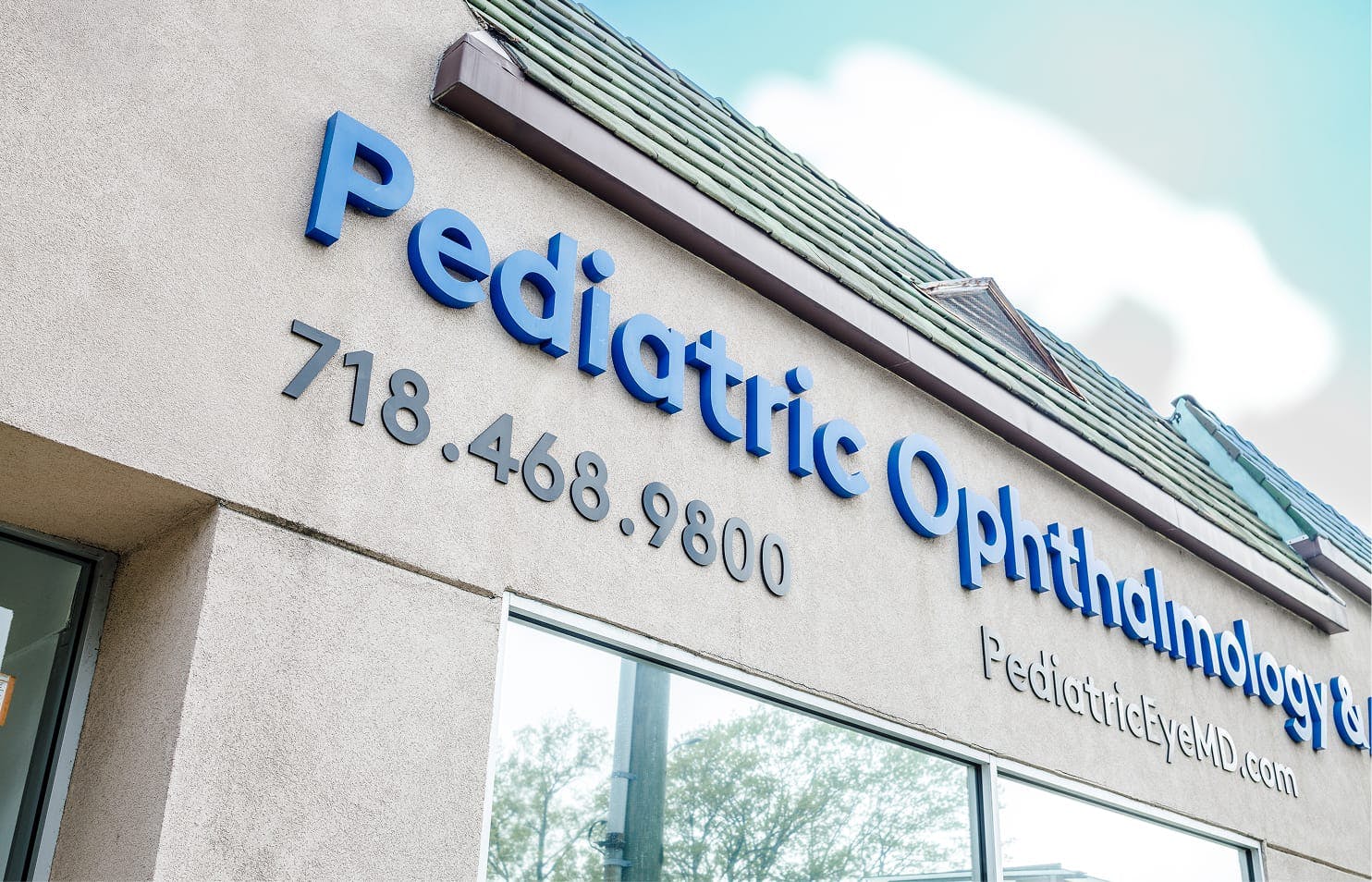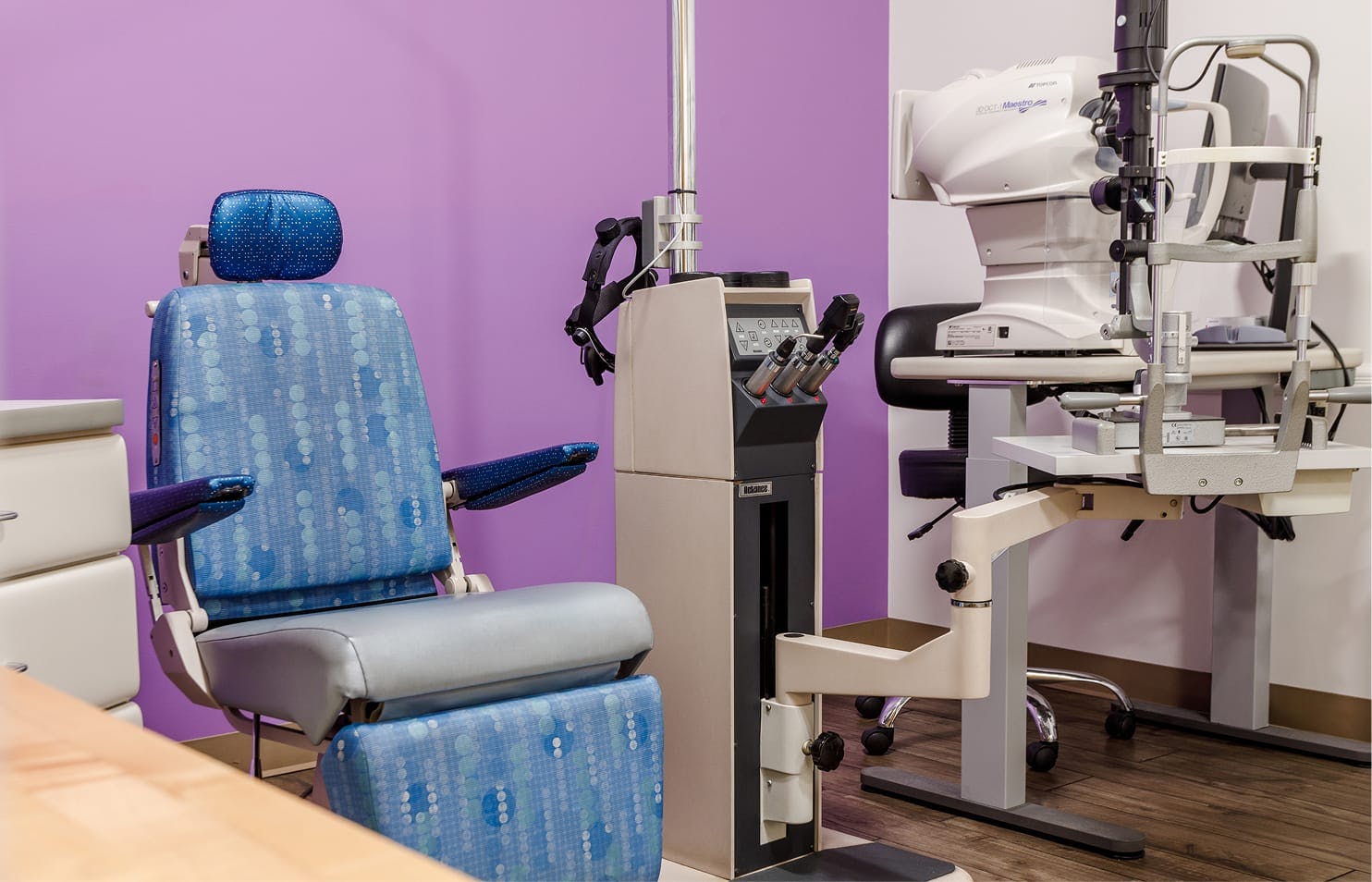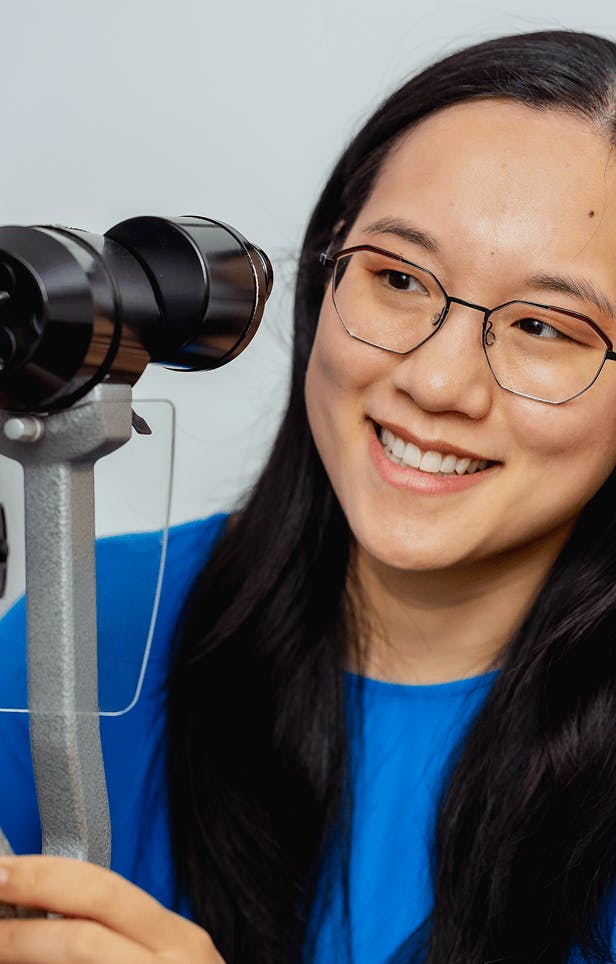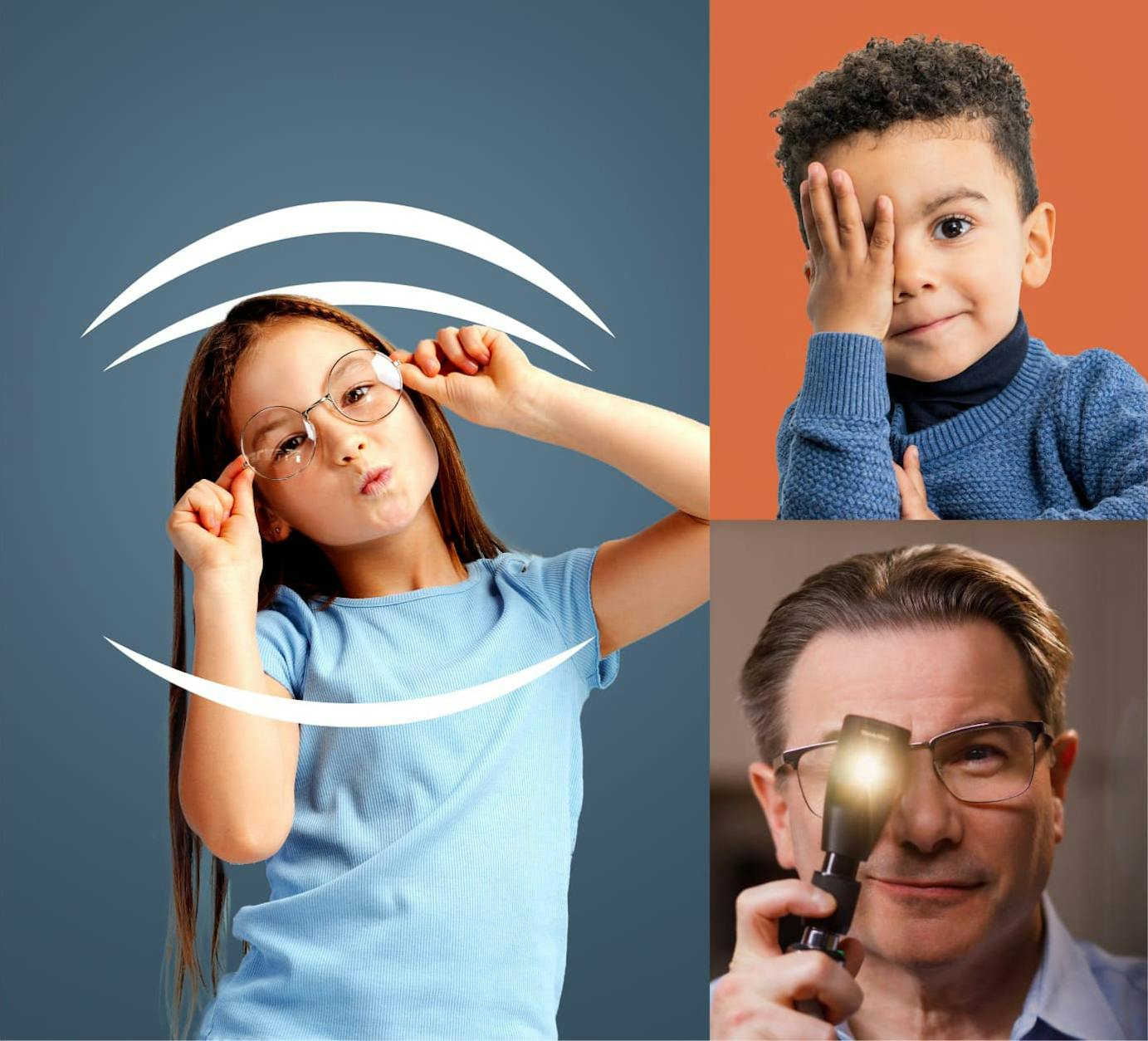Strabismus isn’t just a childhood condition—adult patients deserve second-to-none care from one of New York’s most experienced strabismus surgeons. At The Pediatric Eye Center, we’ve spent decades helping adult patients improve their eye alignment, reduce double vision, and regain confidence.
Common Issues Experienced by Adults With Strabismus
- Double vision (diplopia)
- Difficulty with reading or focus
- Loss of depth perception
- Eye strain or fatigue
- Social self-consciousness
Some adult patients also experience head tilts or turns in an effort to minimize symptoms, which can lead to neck strain or chronic discomfort over time.





